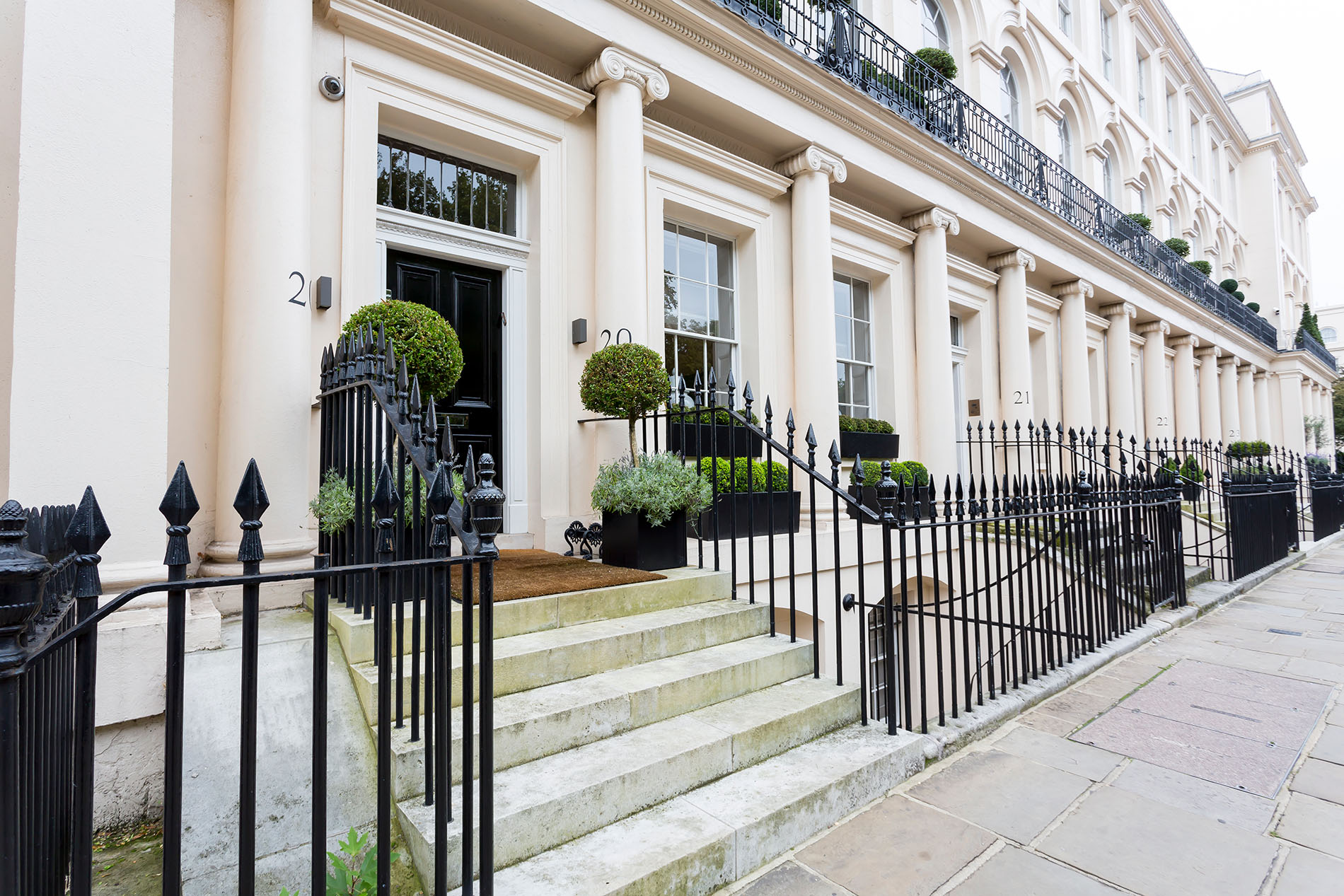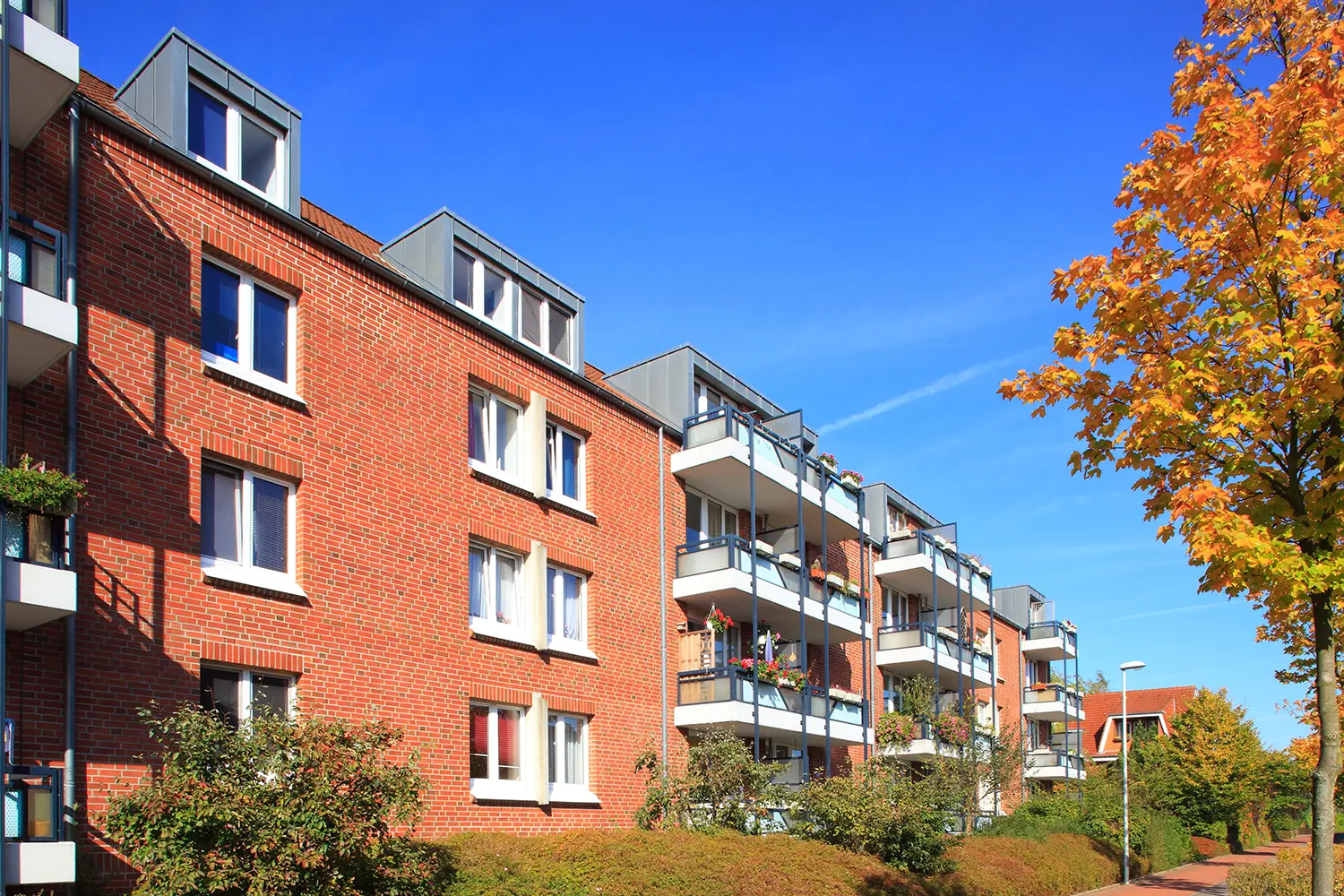Darren Bagnall from Manage Your Block explains what RTM and Enfranchisement entails and makes you aware of key factors that may factor into the decision-making process.
Effective management is key to maintaining the value of your block and the standard of living for your fellow residents. When residents choose to take control of a block of flats, it is commonly done in one of two ways: Right to Manage or Enfranchisement.
The two terms may sound complicated, but the differences are very simple.
Understanding Right to Manage (RTM)
The clue is in the name here – RTM is a legal right that allows leaseholders to take over the management responsibilities of their block from the freeholder.
This does not involve buying the freehold, but it gives leaseholders direct control over how the property is managed. RTM does not require the leaseholders to prove any wrongdoing on the freeholder’s part either.
Put simply, actioning the RTM process means you can take over the management of the building without taking ownership or having to prove that your freeholder is at fault.
Understanding Enfranchisement
This is the process by which leaseholders collectively buy the freehold of their building. This option, often called “collective enfranchisement,” is more comprehensive.
By purchasing the freehold, the leaseholders become the owners of the land and building, which offers complete control over management decisions and future arrangements with leases.
Key Difference: Cost
The cost of acquiring the right to manage is generally lower compared to enfranchisement.
For RTM, leaseholders need to form a company which is relatively straightforward and inexpensive, although you will need to consider other costs such as:
- Legal fees
- Surveyor charges
- Potential admin fees for the company set up
Unlike enfranchisement, leaseholders are not buying the freehold when they assume the Right to Manage, so there is no large lump sum involved.
To give an idea, most RTM companies may spend anywhere from £5,000 to £10,000 depending on the complexity of the building and the involvement of solicitors and managing agents.
Enfranchisement, on the other hand, involves buying the freehold which is significantly more expensive. The purchase price depends on factors such as the building’s market value, the length of the leases and ground rent payable. On top of the purchase price, there are additional costs, including professional fees (such as surveyors and solicitors), and possibly the costs of negotiating with the freeholder.
The cost of enfranchisement can range widely, from tens of thousands to hundreds of thousands of pounds depending on the property value. For example, in high-value areas such as London, the cost to acquire the freehold could be much higher.
Enfranchisement is certainly more of a financial commitment, but it offers greater rewards in terms of control and ownership.
Key Difference: Control
With RTM, leaseholders gain significant control over the management of their property. They can choose contractors, decide on budgets for maintenance and select managing agents. This gives leaseholders the ability to address ongoing issues more promptly than the freeholder may have done in the past.
However, the RTM company are still bound by the lease terms and regulations and as the freeholder retains ownership of the building’s freehold, their consent may still be needed for certain actions such as major alterations.
Enfranchisement provides full control and ownership with complete decision making power over:
- How the block is managed
- The option to extend leases without paying a premium
- The ability to make decisions about redeveloping or selling parts of the property
With enfranchisement, leaseholders can take a more long-term approach to maintenance, investment and property improvement as they hold the freehold title. The ability to grant new leases also allows for increased value for individual flats which can be a big benefit when selling.
Overall, enfranchisement provides a level of control far beyond what is offered through RTM, which is a critical factor for leaseholders wanting complete independence from a freeholder.
Key Difference: Legal Responsibility
RTM brings with it certain legal obligations. While the underlying ownership still rests with the freeholder (which means there are some boundaries to what the RTM company can enforce), the RTM company is responsible for:
- Managing the building
- Handling service charges
- Health and safety compliance
- General maintenance
- Legal and regulatory compliance
- Dealing with disputes
- Keeping proper accounts
It is important to be aware that while RTM gives more control, it also means handling complex management issues which may require the professional advice or the support of a managing agent.
Enfranchisement means taking over all legal responsibilities in place of the freeholder. This includes the above as well as:
- Extending leases
- Making fundamental changes to the building
- Managing any third-party interests tied to the property
The directors of the freehold company are responsible for overseeing all legal and practical aspects of managing the building. For many, this is an attractive challenge, but it is certainly more demanding than RTM. Professional management assistance is often needed to ensure all responsibilities are met.
Making Your Choice
Choosing between RTM and enfranchisement often comes down to the goals, finances and needs of the leaseholders.
RTM might be a better choice if the below factors appeal or apply to you and your fellow leaseholders:
- Lower costs and a simpler process
If leaseholders are primarily concerned about high service charges or poor property management and want to reduce costs, RTM offers a simpler, less expensive way to take over management without buying the freehold.
- Lack of funds for freehold purchase
Enfranchisement can be expensive, particularly in high-value areas. RTM provides an opportunity for leaseholders to take control if there is not enough capital available to buy the freehold.
- Maintaining the status quo
If you and your fellow residents are generally happy with the freeholder and the long-term lease structure, but want to be directly involved in day-to-day management, RTM could be the right solution. It allows leaseholders to improve services without significantly altering the relationship with the freeholder.
Enfranchisement may be the better solution if you are looking for full control and ownership. If the below appeals or applies, it may be the right choice:
- Increasing property value
Buying the freehold can significantly increase the value of individual flats, especially when leases are relatively short. Leaseholders who wish to add value or avoid costly lease extensions should consider enfranchisement.
- Long-term vision and full autonomy
If leaseholders are looking for full autonomy, including the power to extend leases, redevelop parts of the property or fundamentally change its use, enfranchisement is the only option that provides this level of control.
- Ending disputes with the freeholder
If there is a history of disputes with the freeholder, enfranchisement may offer a clean break. It will eliminate any ongoing conflict and provide peace of mind through full ownership.
Manage Your Block aren’t here to tell you how to run your block of flats, but we can provide you with highly specialised software to make the management of your block much easier. Call us for more details on 0333 577 9070 or email info@manageyourblock.co.uk.


